Search Images
Browse Content (p. 1034)

Image
The Return of the Crusader
The Return of the Crusader by Karl Friedrich Lessing, 1808–1880 CE. (Rheinisches Landesmuseum Bonn, Germany)
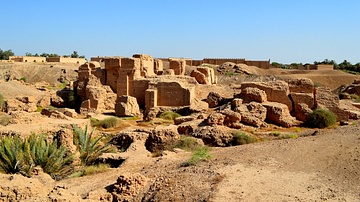
Image
Ruins of the North Palace of Nebuchadnezzar II
These are the ruins of the so-called "North Palace" of Nebuchadnezzar II at the ancient city of Babylon. Neo-Babylonian period, reign of Nebuchadnezzar II, 6th century BCE.

Image
Facade of the Temple of Ninmah at Babylon
The facade of Ninmah (Ninhursag, Damgalnuna) Temple at the ancient city of Babylon, Iraq, reing of Nebuchadnezzar II, 6th century BCE. Ninmah was a mother goddess in ancient Mesopotamia. Most of the walls were reconstructed during the 1980s...
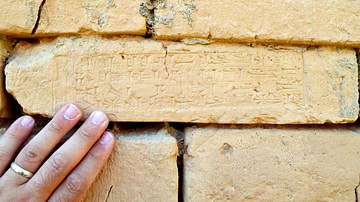
Image
Inscribed Brick at the Processional Way of Babylon
This is an original brick in of the walls of the processional way (or street) at the ancient city of Babylon, in modern-day Iraq. The name of the builder (the neo-Babylonian king Nebuchadnezzar II) appears in the cuneiform inscription. Neo-Babylonian...

Image
The Danish Flag Descends From Heaven
Depicted here is the Battle of Lyndanisse (1219 CE), in which, according to legend, the Danish flag appeared to King Valdemar II of Denmark. This appears to be a reference to the cross appearing to Constantine I before the Battle of Milvian...
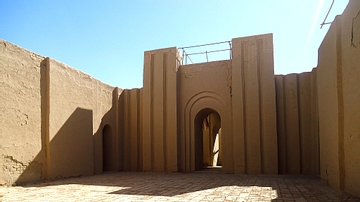
Image
The Temple of Ninmah at Babylon
This is the interior of the Ninmah (Ninhursag, Damgalnuna) Temple at the ancient city of Babylon, Iraq, reing of Nebuchadnezzar II, 6th century BCE. Ninmah was a mother goddess in ancient Mesopotamia. Most of the walls were reconstructed...
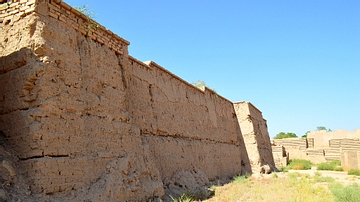
Image
The Inner walls of Babylon
This wall is part of a large and long wall at the ancient city of Babylon, in modern-day Iraq. The walls lie before the so-called Southern Palace of Nebuchadnezzar II. Neo-Babylonian period, reign of Nebuchadnezzar II, 6th century BCE.
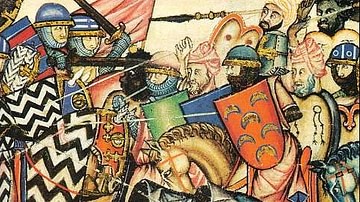
Image
Reconquista Battle Scene
An illustration from the 13th century CE Cantigas de Santa María showing a battle between Christian knights and Moors during the Reconquista or Iberian Crusades (12-13th century CE).
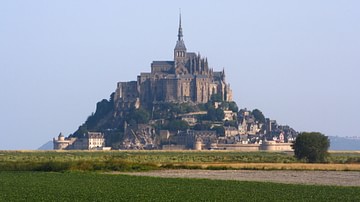
Image
Mont-Saint-Michel
Mont-Saint-Michel is the name of a tidal island located off the coasts of Normandy and Brittany in France. While the island of Mont-Saint-Michel has held cultural, religious, and strategic value since the Merovingians held power over the...
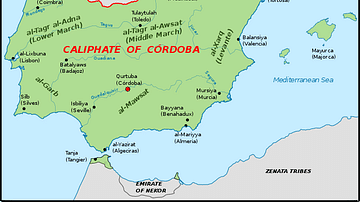
Image
The Iberian Peninsula, c. 1000 CE
A map of the Iberian peninsula c. 1000 CE showing the divide between the Muslim Caliphate of Cordoba in the south and the Christian kingdoms in the north.